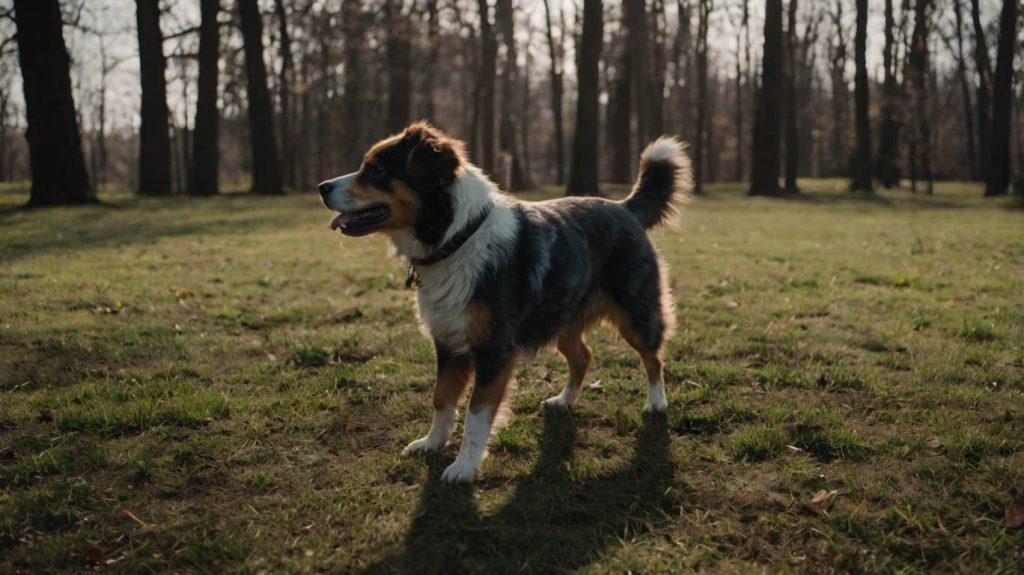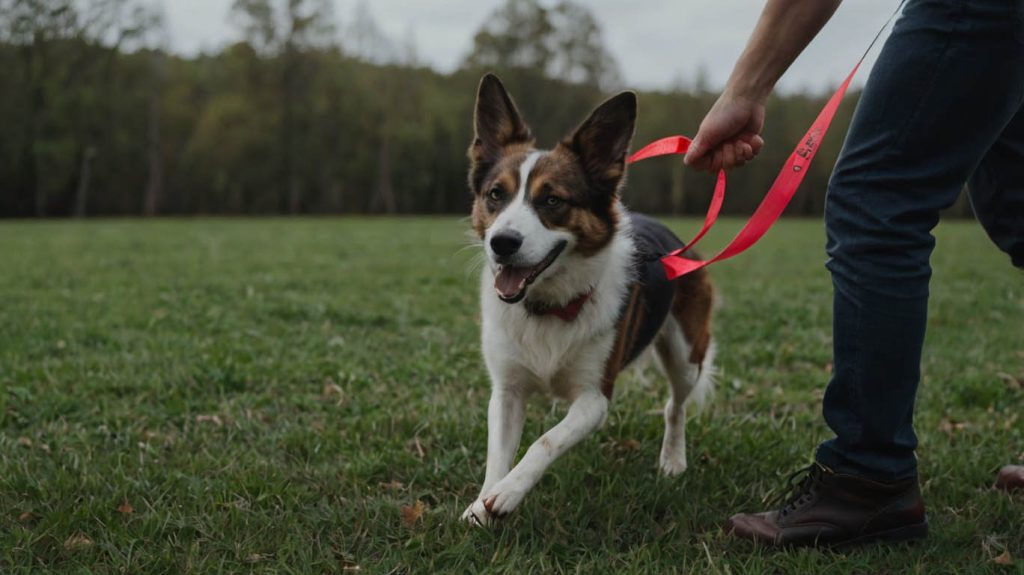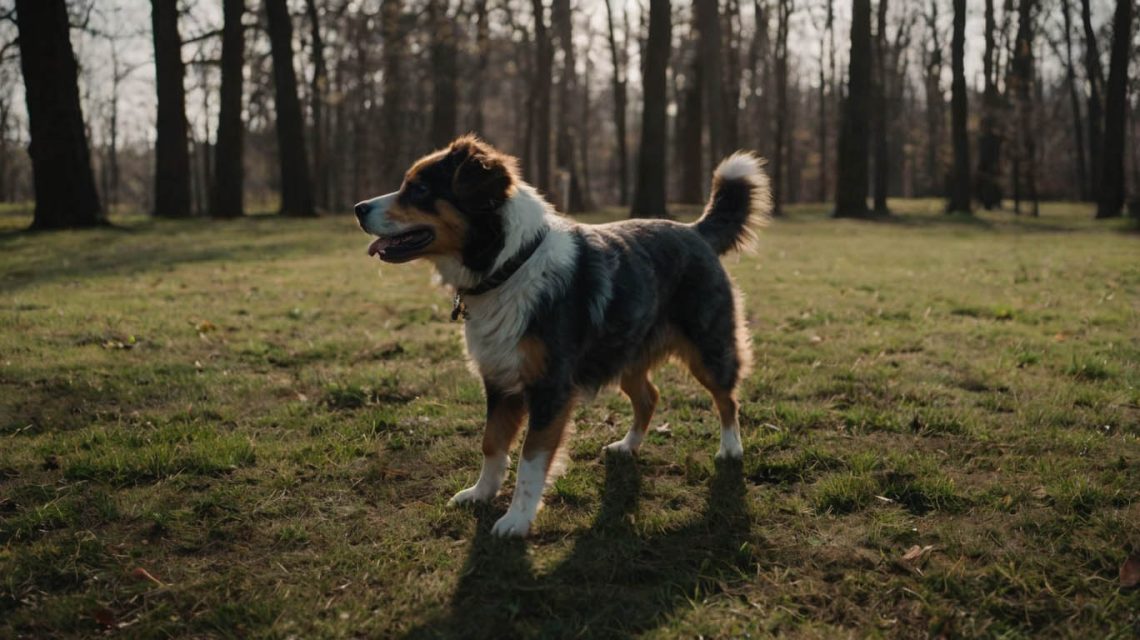Teaching your dog to fetch and return might seem like an instinctive task—but for many pet parents, it turns into a game of “chase me” or “catch me if you can.” That’s where knowing how to teach fetch and return properly becomes an essential skill, not just a party trick.
Let’s begin with a familiar story that highlights both the frustration and triumph of training a dog to fetch and bring it back.
Story: From Chaos to Connection – Luna’s Fetch Journey
Luna, a spirited two-year-old Golden Retriever, loved chasing tennis balls. But bringing them back? Not so much. She would sprint after the throw, grab the ball, then disappear into the yard. Her owner, Jamie, felt discouraged—wasn’t fetch supposed to be natural?
After diving into research and studying how to teach fetch and return, Jamie changed her approach. Using consistent commands, treats, and short training sessions, Luna began returning the ball within two weeks. Today, they enjoy daily fetch games—and Luna proudly drops the ball right at Jamie’s feet.

Why It’s Important to Teach Fetch and Return
Although fetch looks like pure fun, it’s also a cornerstone of good behavior and mental stimulation. More importantly, it strengthens obedience in a way that feels like a game to your dog.
Top Benefits of Teaching Fetch and Return
- Improves recall and “come” response
- Burns energy and reduces boredom
- Reinforces impulse control and focus
- Builds positive reinforcement patterns
- Enhances trust and communication
Once your dog knows how to teach fetch and return, they’ll learn faster, play harder, and behave better—all with one simple game.
What You’ll Need for Effective Fetch Training
Before starting, gather the right tools and set the stage for success:
- A high-value toy or ball your dog already loves
- Small treats or praise for rewards
- A quiet, distraction-free area like a hallway or fenced yard
- A long training leash (optional but helpful)
- Your voice, patience, and enthusiasm
Now that you’re ready, let’s move into the training phases.
How to Teach Fetch and Return in 6 Simple Steps
Step 1 – Build Toy Interest First
Some dogs don’t instantly understand toys. That’s okay. Your job is to make it exciting.
Here’s How:
- Wiggle or toss the toy around to simulate prey
- Reward when your dog bites, grabs, or chases it
- Keep energy high and sessions short—2 to 5 minutes at first
This step lays the groundwork for engagement.
Step 2 – Teach the “Take It” Cue
To teach fetch, your dog must first learn to grab the object on command.
Do This:
- Hold the toy and say, “Take it”
- When your dog grabs it, praise and give a small treat
- Repeat multiple times over a few short sessions
Once “Take it” is reliable, it’s time to build movement.
Step 3 – Encourage the Chase with a Short Toss
Introduce the act of chasing with control.
Tips:
- Toss the toy a few feet away
- Use a hallway or enclosed area to reduce distractions
- Say “Fetch” or “Go get it” as you throw
- Praise even if they only chase—don’t worry about returning yet
This reinforces the idea of moving toward the object on cue.
Step 4 – Teach the “Come” or “Bring It” Command
Once your dog grabs the toy, encourage them to come back.
Try This:
- Use “Come” or “Bring it” as they turn toward you
- Run backward, clap, or get excited to draw them in
- Reward when they get close—even if they don’t release the toy yet
Don’t scold or grab at the toy—keep the mood playful and encouraging.
Step 5 – Teach “Drop It” for a Clean Finish
Getting the toy back is key for fetch to become a loop.
Steps:
- Say “Drop it” and offer a treat
- When your dog releases the toy, praise and reward
- Use two toys if needed—throw the second one when they return with the first
- Avoid tugging or yanking the toy out of their mouth
This creates a positive association with returning the toy to you.
Step 6 – Combine All Steps into a Full Fetch Cycle
Once each part is strong, link them into one complete behavior:
Command Chain:
- “Take it” → “Fetch” → “Bring it” → “Drop it”
Repeat and reinforce this cycle until it flows smoothly. Celebrate each successful run!

Real Case Study: Tucker the Terrified Rescue Learns to Play
Tucker, a rescue dog with no prior training, was scared of toys and avoided eye contact. His foster parent, Michelle, used fetch training to build confidence.
- Week 1: Introduced soft toys and gentle praise
- Week 2: Built up toy interest with treats and tug
- Week 3: Used a hallway to toss short distances
- Week 4: Celebrated each return with claps and treats
By week five, Tucker was initiating fetch games, showing how powerful the process of how to teach fetch and return can be—even for shy or nervous dogs.
Common Mistakes (and How to Fix Them)
My Dog Won’t Chase the Toy
Fix:
Switch toys or add excitement with squeaks and sudden movement. Try using a flirt pole or playing tug to raise interest.
My Dog Grabs the Toy But Won’t Return
Fix:
Use a leash to guide return. Move backward and call their name. Reward partial progress—don’t wait for perfection.
My Dog Runs Away With the Toy
Fix:
Avoid chasing them. Use two toys or treats to trade. Make coming back more rewarding than hiding.
My Dog Refuses to Drop the Toy
Fix:
Train “Drop it” separately using food rewards. Teach that giving up the toy leads to another round of fun.
Pro Tips for Teaching Fetch and Return Like a Pro
- Keep sessions short and positive—end before your dog gets bored
- Use a clicker to mark correct behaviors
- Reward with more play, not just food
- Practice indoors first, then add distractions gradually
- Always end on a high note to build excitement for next time
Mastering how to teach fetch and return becomes easier with consistency, energy, and patience.
FAQs About How to Teach Fetch and Return
Can any dog learn fetch?
Yes! While not all dogs are natural retrievers, any breed or age can learn with the right motivation.
How long does fetch training take?
Most dogs pick it up in 1–3 weeks with regular, short sessions.
What’s the best toy for teaching fetch?
Whatever excites your dog—tennis balls, tug toys, squeaky toys, or soft discs.
Should I use a clicker?
It’s helpful but optional. The key is consistent timing and rewards.
Can puppies learn fetch?
Absolutely. Use soft toys and short throws to protect growing joints.
Conclusion: Fetch Training Builds Fun and Focus
Teaching fetch isn’t about perfect performance—it’s about play, trust, and learning together. When you know how to teach fetch and return, you’re not only giving your dog a fun outlet—you’re building a foundation for greater obedience, better recall, and a lifelong bond.
So grab that toy, set the tone, and start small. With every throw and return, you’re creating a confident, connected companion.


